How many French sites are classified at UNESCO? What are they? Here is a infographic that returns to UNESCO sites in France region by region!
“To appear on the World Heritage List, sites must have an exceptional universal value and satisfy at least one of the 10 selection criteria.” – UNESCO
On July 4, the “Tectonic High Place Chain of Puys – Limagne Fault” managed to be recognized by UNESCO .
Indeed, the natural good auvergnat is now among the 44 French sites listed on the World Heritage List.
An inscription allowing France to place itself equally with Germany in number of UNESCO sites behind Italy (53), China (52) and Spain (47).
On the occasion of the European Heritage Days taking place on the weekend from 15 to 16 September, Wanderlix has listed all of these sites in a infographic that we let you discover below!

Discover the complete list of World Heritage sites in France in detail: their origins, history and reasons for their registration.
Historic site of Lyon (1998 – Auvergne-Rhone-Alpes):
The long history of Lyon is extremely vividly illustrated by its urban fabric and by many historical buildings of all ages.
Top tectonic place Chain of Puys – Limagne rift (2018 – Auvergne-Rhone-Alpes):
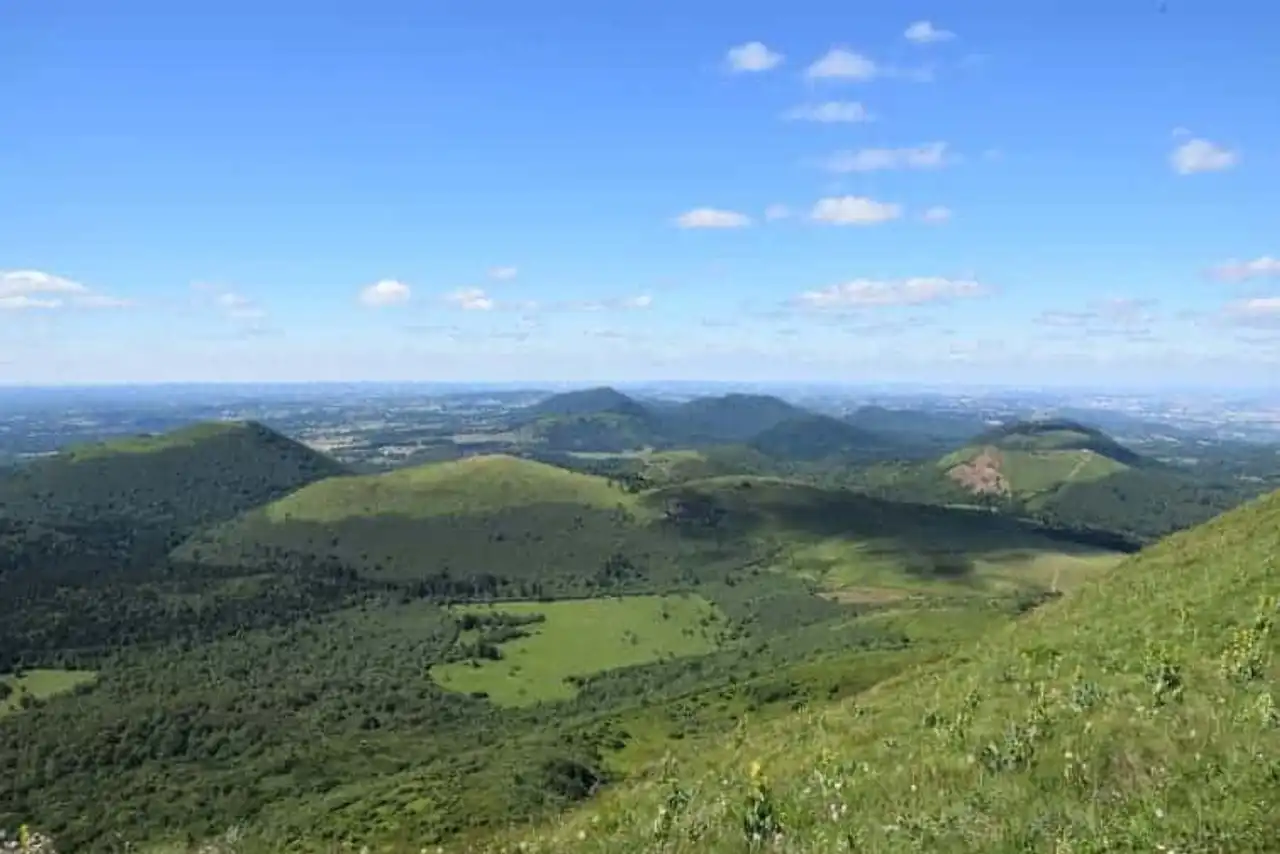
The last site placed on the world heritage, the property exceptionally illustrates the phenomenon of continental rupture.
Basilica and hill of Vézelay (1979 – Burgundy-Franche-Comté):
The basilica Sainte-Madeleine, a monastic church of the 12th century, is a masterpiece of Romanesque art bourguignon both by its architecture and its portal and sculpted capitals.
Cistercian Abbey of Fontenay (1981 – Burgundy-Franche-Comté):
Founded in 1119 by Saint Bernard, the Bourguignonne Abbey of Fontenay, illustrates well the ideal of autarcia of the first communities of Cistercian monks.
From the large Salins-les-Bains saline to the royal saline of Arc-et-Senans, the production of the ignigen salt (1982 – Burgundy-Franche-Comté):
The Royal Saline of Arc-et-Senans was designed to enable a rational and hierarchical organization of work. The Salins Saline, it, houses an underground gallery of the 13th century with a hydraulic pump of the 19th century still in operation.
The climates of the Burgundy vineyard (2015 – Burgundy-Franche-Comté):
The climates are plots of vines precisely delineated on the slopes of the coast of Nuits and Beaune, south of Dijon. The site is a remarkable example of wine production developed since the early Middle Ages.
Prehistoric palafittic sites around the Alps (2011 – Burgundy-Franche-Comté, Auvergne-Rhône-Alpes):
These establishments are a unique group of 111 particularly rich and well preserved archaeological sites; they represent important sources for the study of the first agrarian societies in the region.
Places Stanislas, Career and Alliance in Nancy (1983 – Grand Est):
Nancy, a temporary residence of a king without a realm that became Duke of Lorraine, Stanislas Leszczynski, is paradoxically the oldest and most typical example of a modern capital where an enlightened monarch is concerned with public utility.
Notre-Dame Cathedral, Basilica and Abbey Saint-Rémi and Tau Palace, Reims (1991 – Grand Est):
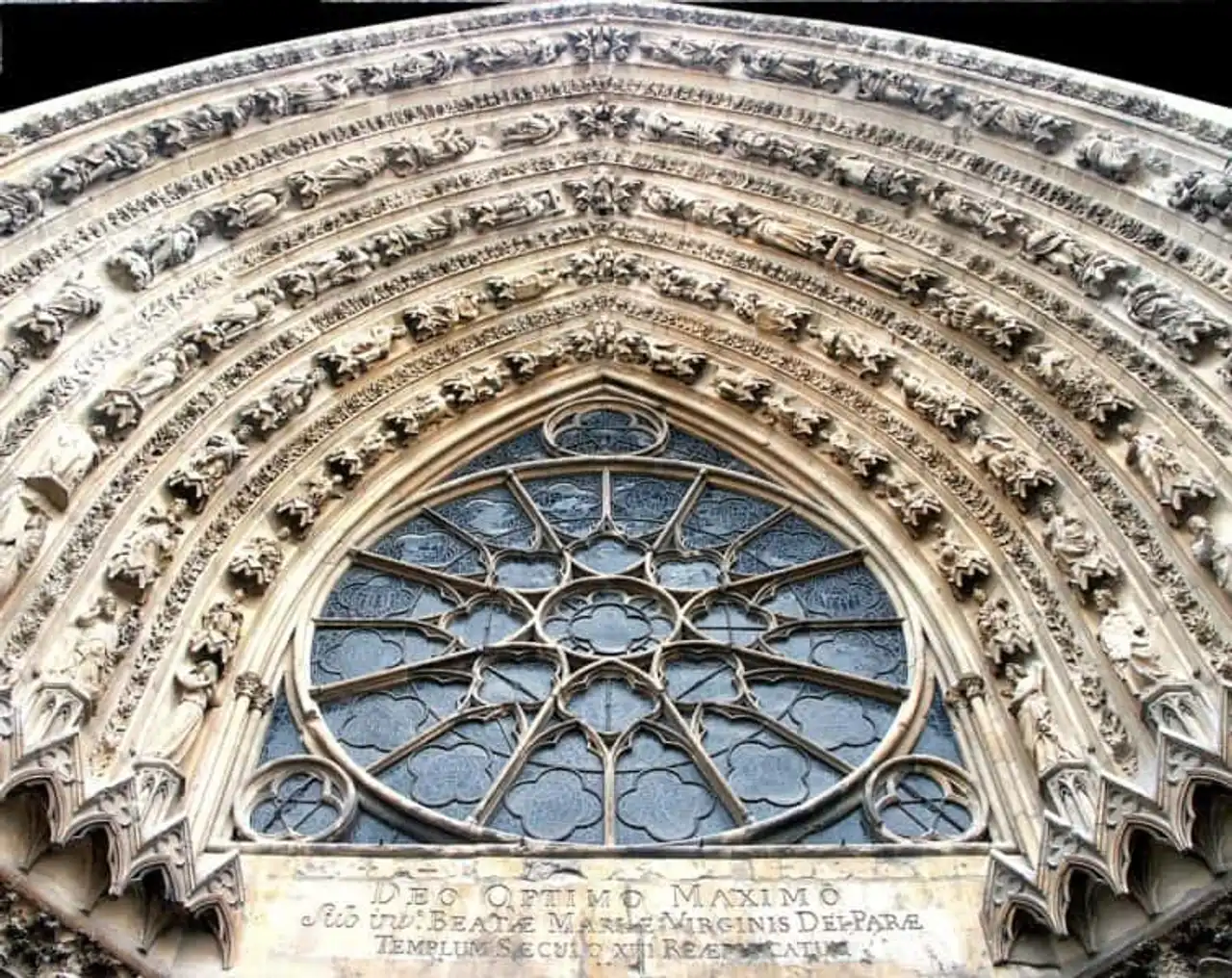
The exceptional use of the new architectural techniques of the 13th century and the harmonious marriage of the sculpted decoration with the architectural elements made Notre-Dame de Reims Cathedral one of the masterpieces of Gothic art.
Coteaux, houses and cellars of Champagne (2015 – Grand Est):
These are the places where the method of elaboration of the effervescent wines was developed, thanks to the second fermentation in bottle. The good clearly illustrates how this production evolved from a highly specialized artisanal activity to an agro-industrial company.
Strasbourg: from the Grande-Ile to the Neustadt, a European urban scene (1988 – Grand Est):
The double influence of this property has created a specific urban pattern Strasbourg , where the perspectives created from the cathedral open on a unified landscape organized around rivers and canals.
The architectural work of Le Corbusier, an exceptional contribution to the Modern Movement (2016 – Grand Est, Nouvelle-Aquitaine, Auvergne-Rhône-Alpes, Bourgogne-Franche-Comté, Île-de-France, Provence-Alpes-Côte d’Azur):
A set of 17 sites, spread over seven countries, made over half a century, throughout what Le Corbusier named a "patient research". These masterpieces of human engineering also attest to the internationalization of architectural practice across the globe.
Chemins de Saint-Jacques-de-Compostelle in France (1998 – Grand Est, Nouvelle-Aquitaine, Auvergne-Rhône-Alpes, Normandie, Bourgogne-Franche-Comté, Centre-Val de Loire, Île-de-France, Occitanie, Hauts-de-France and Provence-Alpes-Côte d’Azur):
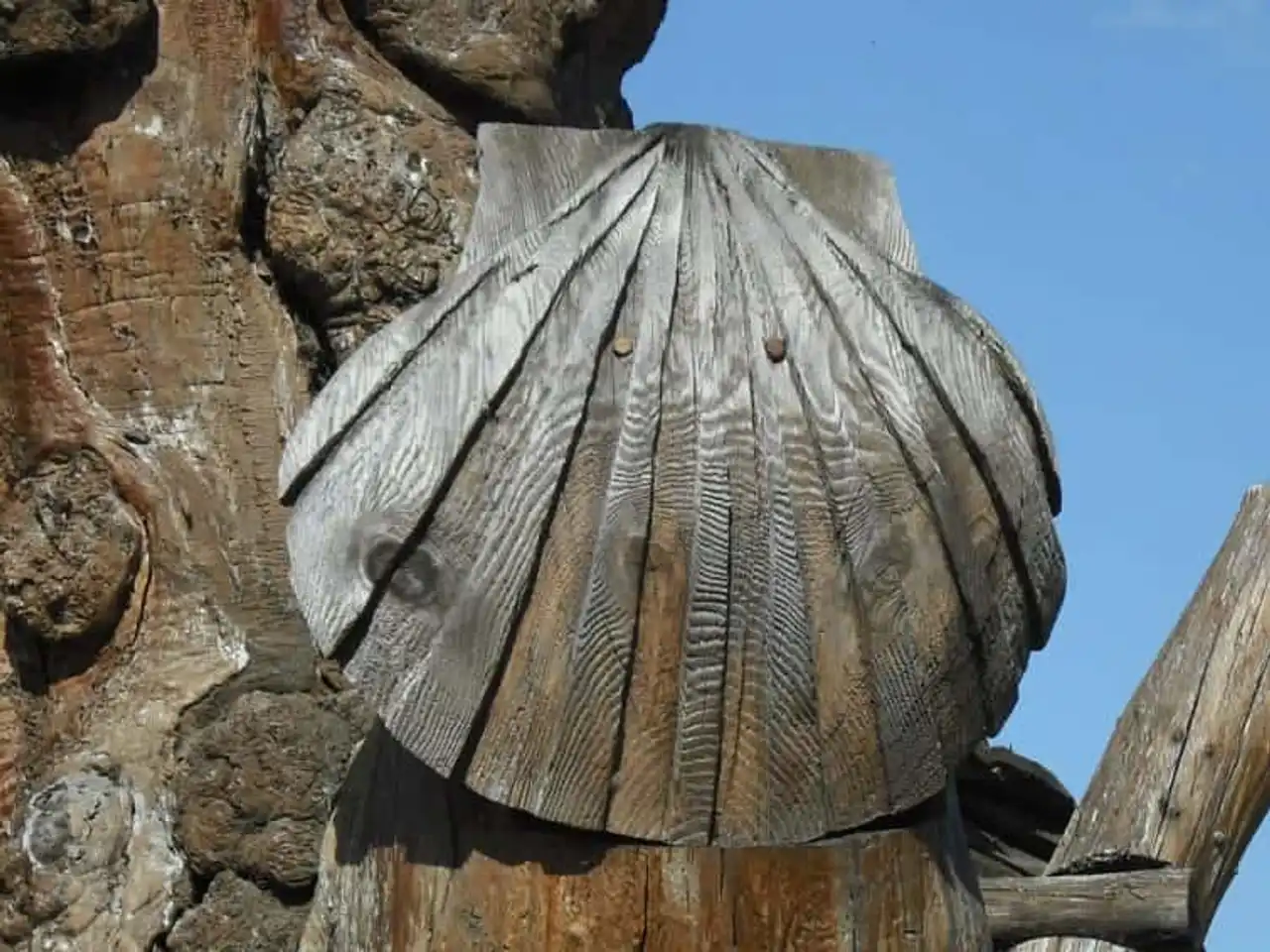
Throughout the Middle Ages, Saint-Jacques-de-Compostelle was the most important of all destinations for countless pilgrims from all over Europe. To reach Spain, pilgrims had to cross France. Nowadays tradition continues.
Fortifications de Vauban (2008 – Grand Est, Nouvelle-Aquitaine, Normandie, Bretagne, Bourgogne-Franche-Comté, Occitanie, Hauts-de-France and Provence-Alpes-Côte d’Azur):
Vauban played a major role in the history of fortifications by influencing military architecture in Europe, but also on other continents until the mid-19th century. The work of Vauban includes 12 groups of fortified buildings and constructions along the north, east and west borders of France. These sites are listed as witnesses to the culmination of classical bastioned fortification, typical of Western military architecture.
Cathedral of Amiens (1981 – Hauts-de-France):
The Cathedral of Amiens, in the heart of Picardy, is one of the largest Gothic churches of the 13th century.
Beffrois de Belgique et de France (1999 – Hauts-de-France) :
Twenty-three belfries, located in the north of France, and the belfry of Gembloux, in Belgium, were registered in 2005, as an extension of the 32 Belgian belfries registered in 1999 as Beffrois de Flandre and Wallonie.
Bassin minier du Nord-Pas-de-Calais (2012 – Hauts-de-France) :
The site testifies to the research of the model of the working city and illustrates a significant period of the history of industrial Europe.
Palace and park of Versailles (1979 – Île-de-France) :
A privileged place of residence of the French monarchy of Louis XIV to Louis XVI, the Palace of Versailles, embellished by several generations of creators, was for Europe for more than a century the model of what was to be a royal residence.
Palais et parc de Fontainebleau (1981 – Île-de-France) :
Used by the kings of France from the 12th century, the hunting residence of Fontainebleau was transformed, enlarged and embellished in the 16th century by François I, who wanted to make it a "new Rome". Surrounded by a vast park, the castle, inspired by Italian models, was a meeting place between Renaissance art and French traditions.
Paris, banks of the Seine (1981 – Île-de-France) :
We can see the evolution of Paris and its history from the Seine ; Notre-Dame Cathedral and Sainte-Chapelle are architectural masterpieces. As for the large squares and avenues built by Haussmann, they have influenced the urban planning of the late nineteenth and twentieth century worldwide.
Provins, medieval fair town (2001 – Île-de-France) :
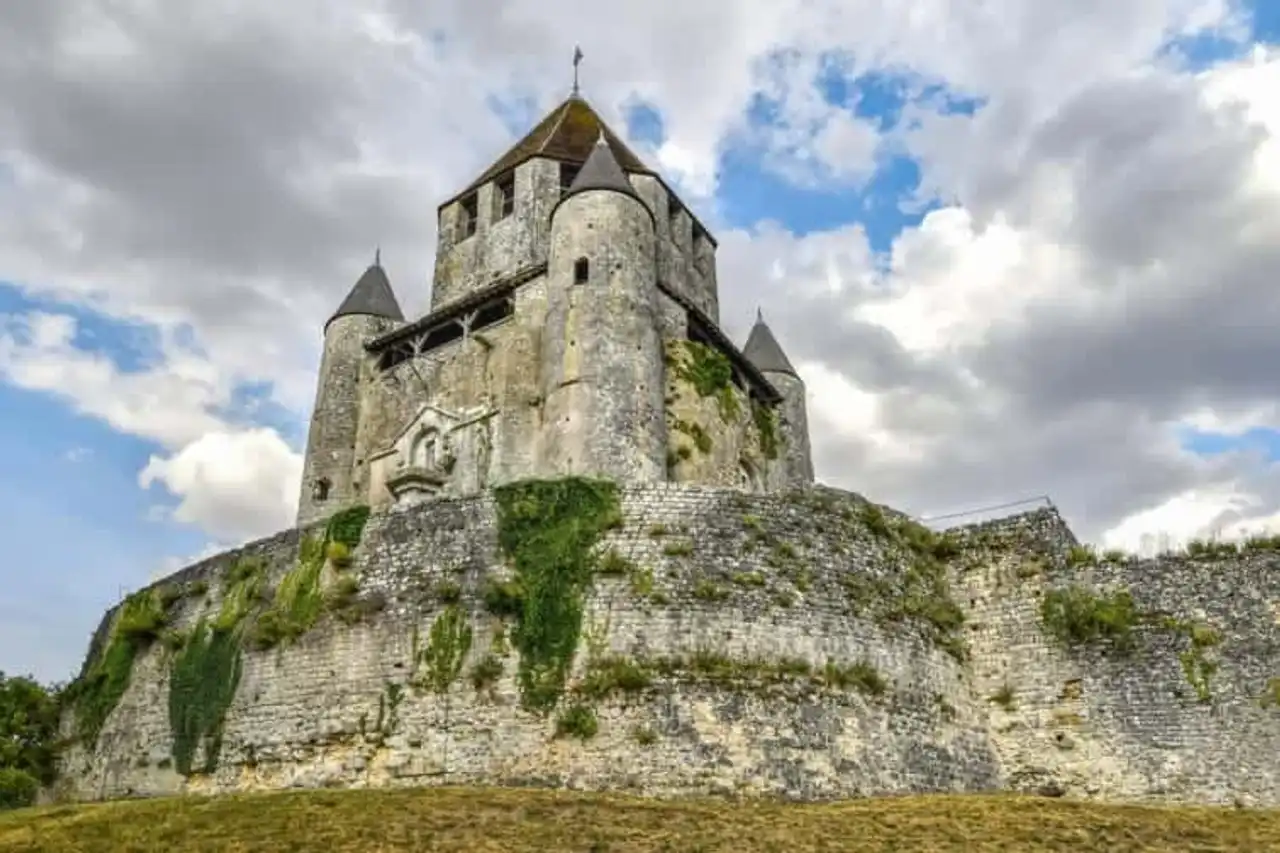
The fortified medieval town of Provins is located in the heart of the old region of the powerful Counts of Champagne. Provins was able to preserve its urban structure, specially designed to accommodate fairs and related activities.
Le Havre, the city rebuilt by Auguste Perret (2005 – Normandy):
The city of Le Havre was heavily bombed during the Second War. The destroyed area was rebuilt between 1945 and 1964 according to the plan of a team led by Auguste Perret. Among the many cities rebuilt during the post-war period, Le Havre is exceptional for its unity and integrity in urban planning and construction technology.
Mont-Saint-Michel and its bay (1979 – Normandy and Brittany):
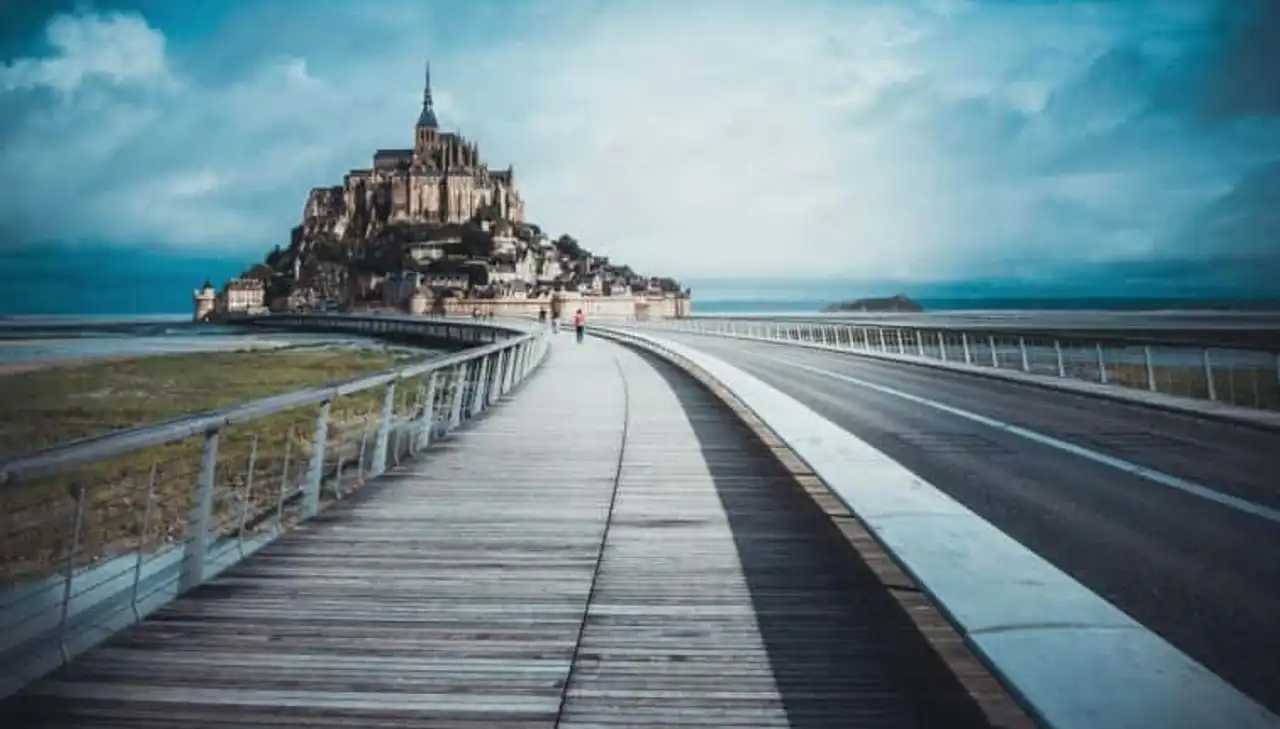
Or the “worm of the West” rose on a rocky islet in the midst of strikes and powerful tides. The construction of the Benedictine abbey in Gothic style is dedicated to the Archangel Saint Michel , which continued from the 11th to the 16th century, adapting to a very difficult natural site, was a turn of technical and artistic strength.
Cathédrale de Chartres (1979 – Centre-Val de Loire):
Built in part from 1145, and rebuilt in twenty-six years after the fire of 1194, the cathedral of Chartres is the monument par excellence of French Gothic art: its vast nave of the purest ogival style, its porches, its parure of stained glass make it an exceptional and remarkably well preserved masterpiece.
Bourges Cathedral (1992 – Centre-Val de Loire):
Saint-Étienne de Bourges Cathedral, built between the end of the 12th and the end of the 13th century, is one of the great masterpieces of Gothic art. Beyond its architectural beauty, it bears witness to the power of Christianity in medieval France.
Val de Loire between Sully-sur-Loire and Chalonnes (2000 – Centre-Val de Loire and Pays de la Loire):
The Loire Valley is an exceptional cultural landscape, including historic towns and villages, great architectural monuments – castles – and cultivated lands, shaped by centuries of interaction between populations and their physical environment, including the Loire itself.
Prehistoric sites and caves in the Vézère valley (1979 – New Aquitaine):
The prehistoric site has an exceptional interest from an ethnological, anthropological and aesthetic point of view with its parietal paintings like the cave of Lascaux whose discovery (in 1940) marked a date in the history of prehistoric art.
Abbatiale de Saint-Savin sur Gartempe (1983 – Nouvelle-Aquitaine):
Nicknamed the “Sixtine romane”, the Poitevine Abbey of Saint-Savin is decorated with very many and very beautiful mural paintings of the 11th and 12th centuries which reached us in a remarkable freshness.
Jurisdiction of Saint-Émilion (1999 – New Aquitaine):
Viticulture was introduced into this fertile region of Aquitaine by the Romans and intensified in the Middle East. It is an exceptional landscape, entirely dedicated to viticulture, whose cities and villages have many quality historical monuments.
Bordeaux, Port de la Lune (2007 – Nouvelle-Aquitaine):
The historic centre of this port city located in the south-west of France represents an exceptional urban and architectural ensemble, created at the time of the Lights, whose values have remained until the first half of the twentieth century.
Pont du Gard (1985 – Occitanie):
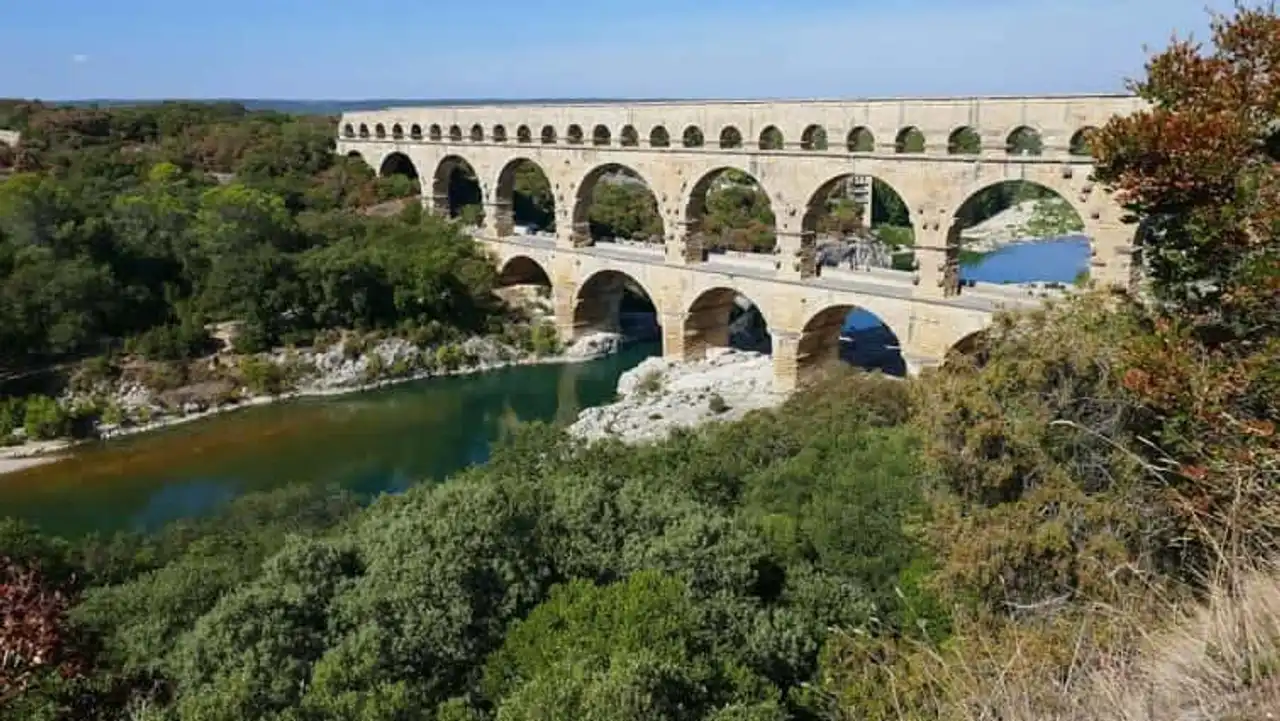
The Gard bridge was built shortly before the Christian era to allow the aqueduct of Nîmes, about 50 km long, to cross the Gardon. By imagining this bridge from 50 m high to three levels, the longest of which is 275 m, the hydraulic engineers and Roman architects have created a technical masterpiece that is also a work of art.
Canal du Midi (1996 – Occitanie):
With its 360 inland water-kilometre linking the Mediterranean to the Atlantic and its 328 works (includes, aqueducts, bridges, tunnels, etc.) the network of the Canal du Midi , realized between 1667 and 1694, constitutes one of the most extraordinary civil engineering achievements of the modern era, which opened the way to the industrial revolution.
Pyrénées-Mont Perdu (1999 – Occitanie):
This exceptional mountain landscape, which radiates from both sides of the current national borders of France and Spain, is centered on the peak of Mont-Perdu, a limestone massif that peaks at 3,352 m. This site is also a pastoral landscape that reflects an agricultural way of life formerly spread in the mountainous regions of Europe.
Historic fortified city of Carcassonne (1997 – Occitanie):
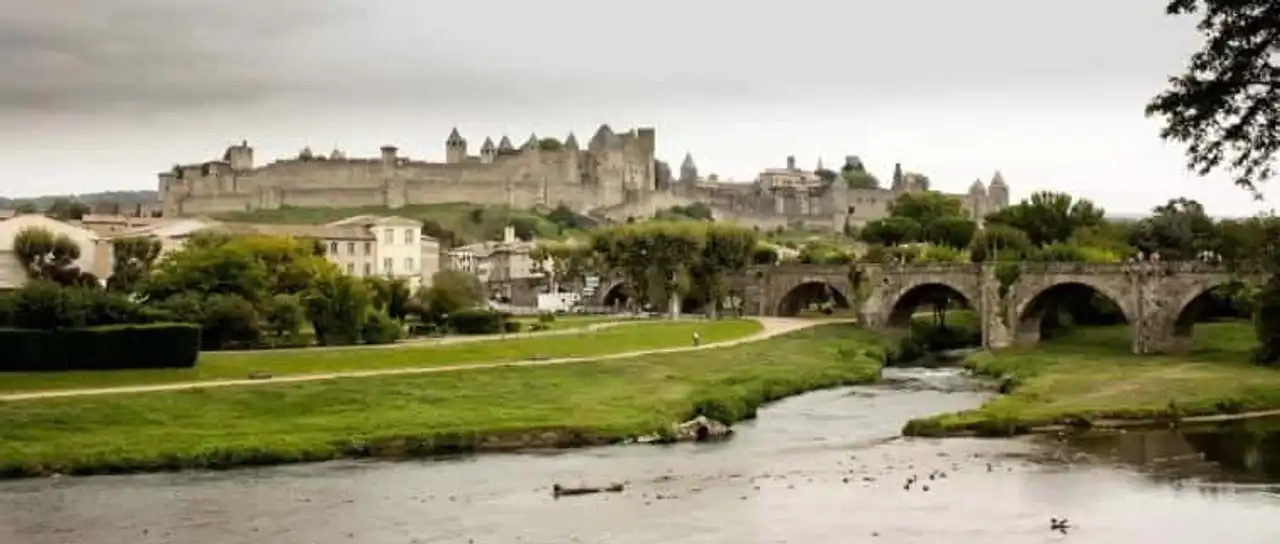
Since the pre-Roman period, fortifications have been erected on the hill where today is located Carcassonne . In its present form, it is a remarkable example of a medieval fortified city with a huge defensive system surrounding the castle and the logi bodies associated with it, the streets and the superb Gothic cathedral.
Episcopal city of Albi (2010 – Occitanie):
In the 13th century, the city became a powerful episcopal city in the aftermath of the Albigeois Crusade against the Cathars. From an original South Gothic style based on bricks with red and orange shades made locally, it reflects the development of a medieval architectural and urban ensemble.
The Causses and the Cevennes, cultural landscape of Mediterranean agro-pastoralism (2011 – Occitanie):
Located south of the French Central Massif and constituting a landscape of mountains with deep valleys. The villages and large stone farms located on the deep terraces of Causses reflect the organization of large abbeys from the 11th century.
Arles, Roman monuments and novels (1981 – Provence-Alpes-Côte d’Azur) :
Arles offers an interesting example of adapting an ancient city to the civilization of medieval Europe. It retains impressive Roman monuments, the oldest of which – arerenas, antique theatre, cryptoportics – dates back to the 1st century BC.
Ancient theatre and its surroundings and the "Arc de Triomphe" of Orange (1981 – Provence-Alpes-Côte d'Azur) :
In the Rhone Valley, the ancient theatre of Orange, with its façade wall of 103 m long, is one of the best preserved Roman theatres. The arch of the Roman triumph of Orange, it, is one of the most beautiful and interesting arches of the provincial triumph of the Augustan era.
Centre historique d’Avignon : Palais des Papes, ensemble Episcopal et Pont d’Avignon (1995 – Provence-Alpes-Côte d’Azur) :
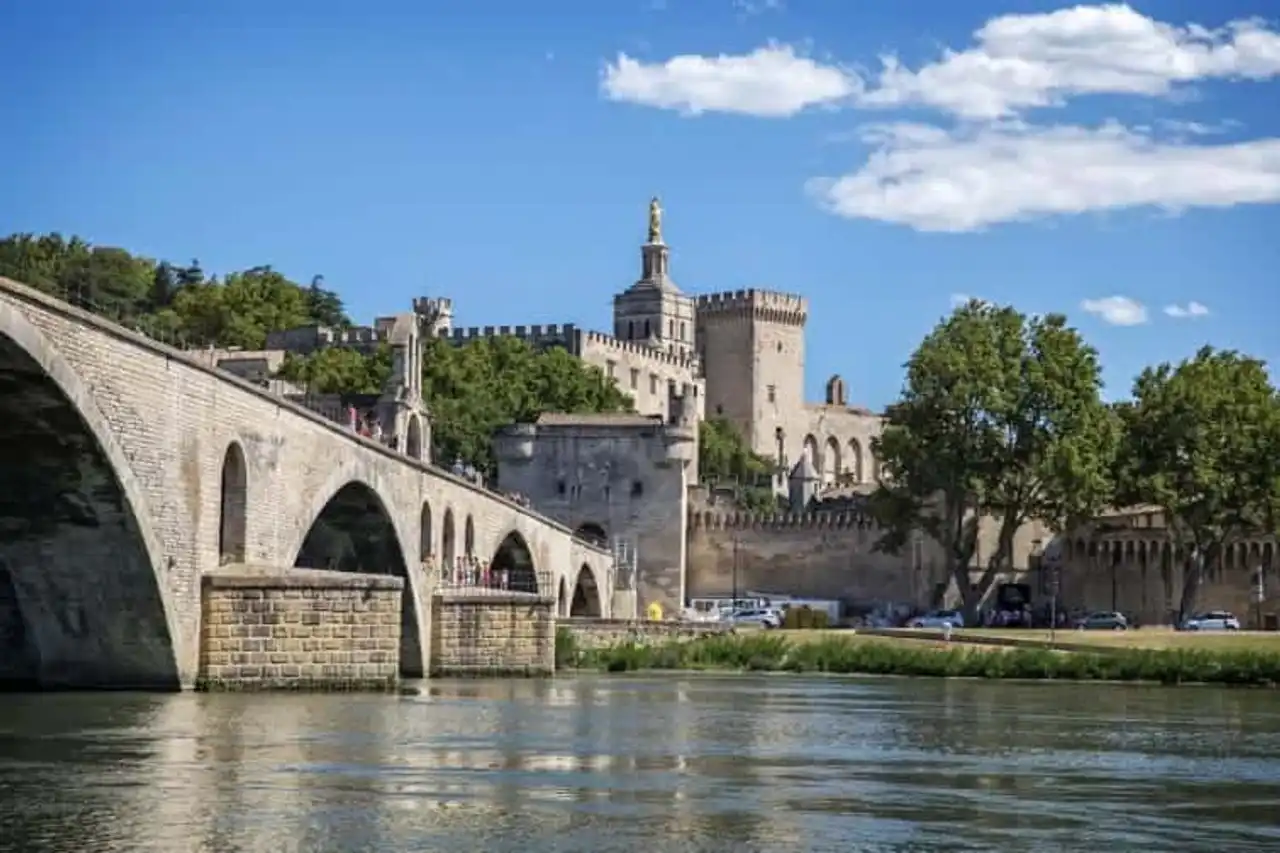
This city of the noon of France was the seat of the papacy in the 14th century. The palace of the Popes, a fortress of austere appearance dominates the city; but still: its belt of ramparts, the remains of a bridge of the XIIe, the Petit Palais and the Romanesque cathedral Notre-Dame-des-Doms have completed the formation of an exceptional monumental ensemble that bears witness to the eminent role played by Avignon in Christian Europe in the 14th century.
Golfe de Porto : calanche de Piana, gulf of Girolata, reserve of Scandola (1983 – Corsica):
The reserve, which is part of the regional natural park of Corsica, occupies the peninsula of Scandola. Its vegetation is a remarkable example of maquis. There are gulls, cormorans and sea eagles. Transparent waters, islets and inaccessible caves are home to a rich marine life.
Pitons, circus and ramparts of the island of La Réunion (2010 – La Réunion):
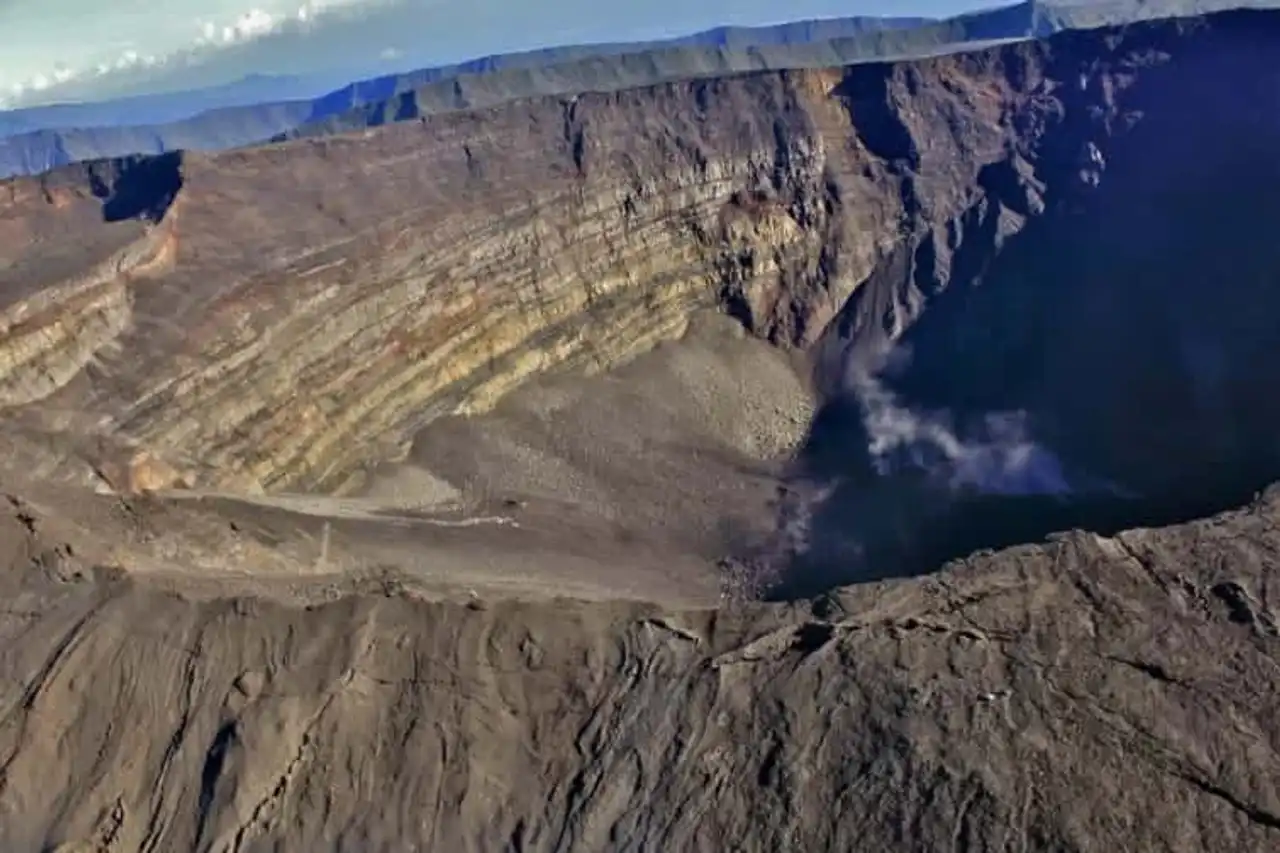
This property coincides with the central area of the National Park Meeting , island composed of two volcanic massifs located in the south west of the Indian Ocean. Featuring two volcanic peaks, the site has a wide range of skeletons, gorges and wooded basins that together create a spectacular landscape.
Lagoons of New Caledonia: reef diversity and associated ecosystems (2008 – New Caledonia):
Located in this South Pacific archipelago, it represents one of the three largest reef systems in the world, home to intact ecosystems populated with exceptional marine biodiversity, large predators and a considerable number of different large fish. They offer habitat for several iconic or endangered marine species.
Taputapuatea (2017 – French Polynesia):
Located on Ra’iātea Island, in the heart of the Polynesian Triangle. At the heart of this property is the marae Taputapuātea, a political, ceremonial and funeral centre. Reproduced in Polynesia, the marae were connecting spaces between the world of living and that of ancestors and gods. Taputapuātea brings an exceptional testimony of 1,000 years of Mā’ohi civilization.

A different scenario for many monuments on an indicative list.
Since the creation of the World Heritage List in 1978, it has been to date 1092 sites worldwide and 44 in France.
Indeed, obtaining this status is not easy; a selection procedure imposed by the committee. To be listed on the World Heritage List, sites must have an exceptional universal value and meet at least one of the ten selection criteria.
Very large sites are recaled: Two months ago, the regional press of South France expressed its disappointment in view of UNESCO’s decision to “Dispute consideration of the proposal for the registration of the Historical Urban Set of Nîmes on the World Heritage List." Despite the conservation of all Roman buildings and its archaeological remains, the enthusiasm of the local population will not suffice to register the city antique as a classified site.
A return to the similar departure box for 11 of the 30 properties that have applied this year to 42nd World Heritage Committee held between June 24 and July 4 in Bahrain. The latter are then placed in the indicative list of goods which each State Party intends to propose for registration.
To date, there are 37 French sites that are encouraged to reassess their files in order to be able to integrate the list – Among them:
- La Camargue
- Bouches de Bonifacio
- Parc national des Écrins
- Port-Cros National Park
- Salanting Marais de Guérande
- The Mediterranean shore of the Pyrenees
- Rade de Marseille
- The ancient cities of Narbonnaise and their territory: Nimes, Arles, Glanum, aqueducts, via Domitia
- The railway of Cerdagne
- Office National d’Etudes et de Recherches Aérospatiales, Meudon
- Hangar Y
- Ancienne chocolaterie Menier à Noisiel
- Lighthouse of Cordoba
- Former center of Sarlat
- Arsenal de Rochefort and fortifications of the estuary of Charente
- Ensemble de caves à concrétions du Sud de la France
- Vanoise National Park
- Massif du Mont Blanc
- Carnac megalithic sites
- Saint-Denis Cathedral
- Rouen : urban set with wooden panels, cathedral, Saint-Ouen church, Saint Maclou church
- Château de Vaux-le-Vicomte
- The Bastioned Cities of the Netherlands of North-West Europe
- The forest massif of Fontainebleau
- Sainte-Victoire mountain and Cézanian sites
- Martinique volcanic and forest areas
- City of Carcassonne and its mountain sentinel castles
- La Réserve naturelle nationale des Terres Australes Françaises
- The Charolais-Brionnais, a cultural landscape of cattle farming
- Les Alpes de la Méditerranée
- The great water cities of Europe
- The Marquise Islands
- The Landing Beaches, Normandy, 1944
- Metz Royale and Imperial, power issues, stylistic confrontations and urban identity
- Nice, the new city born of tourism, or the invention of the Riviera
- Nimes, Antiquity to the present
- World War I Funeral and Memorial Sites (West Front)
So, when do they register on the UNESCO Heritage List?
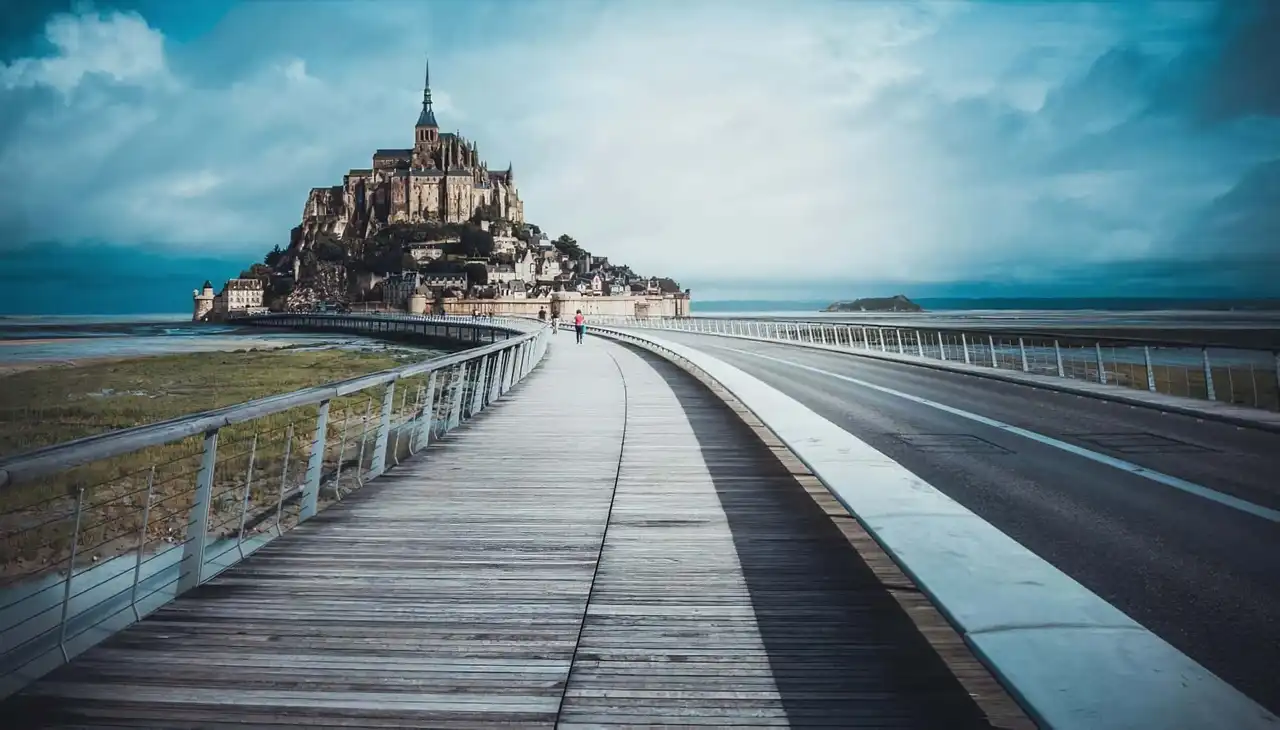




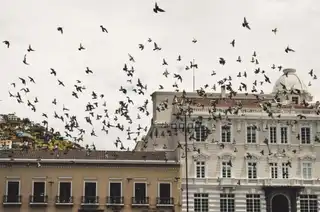
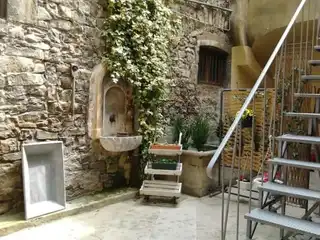
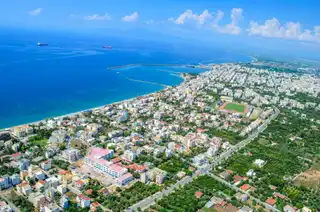
Loading comments ...